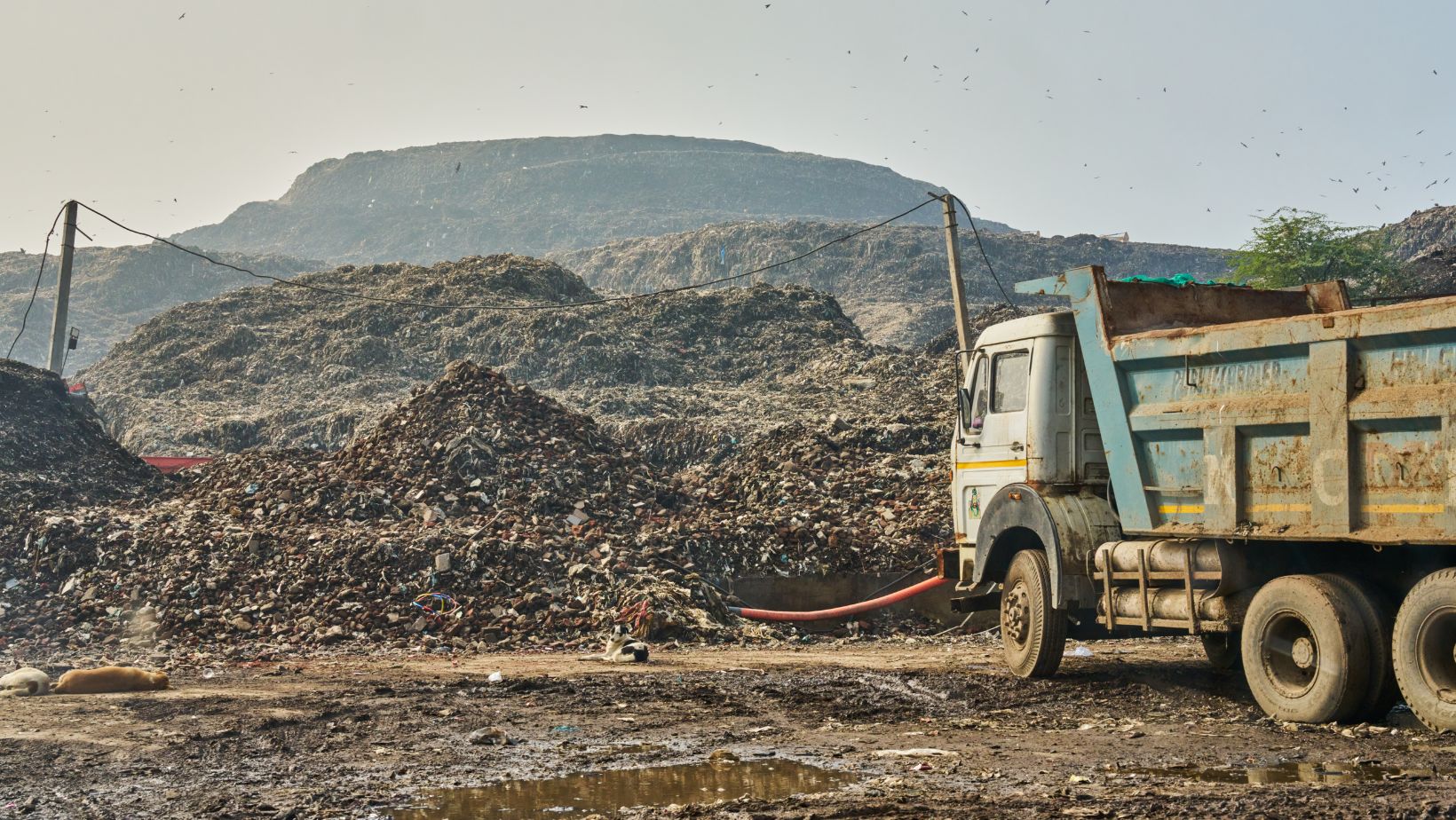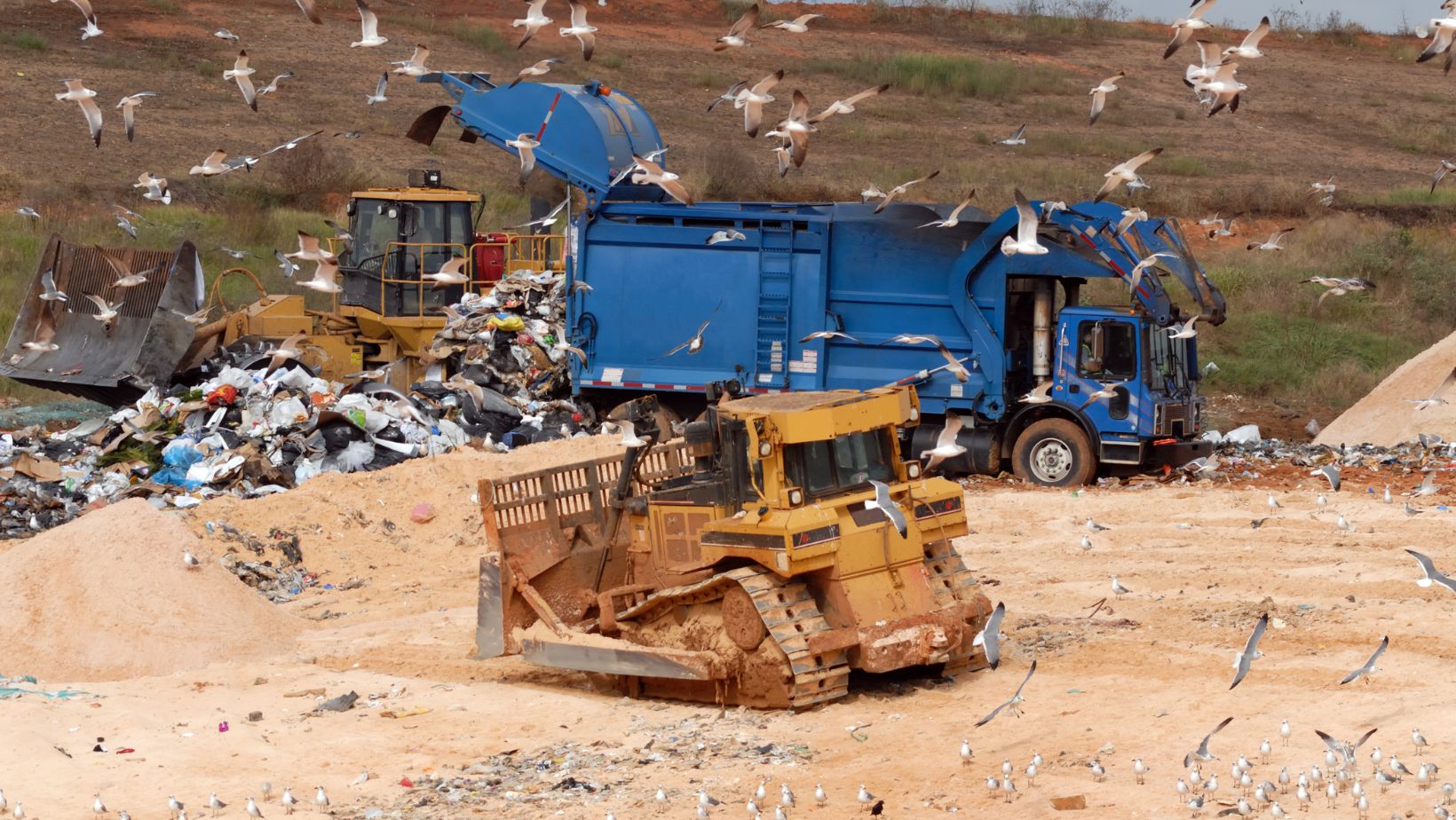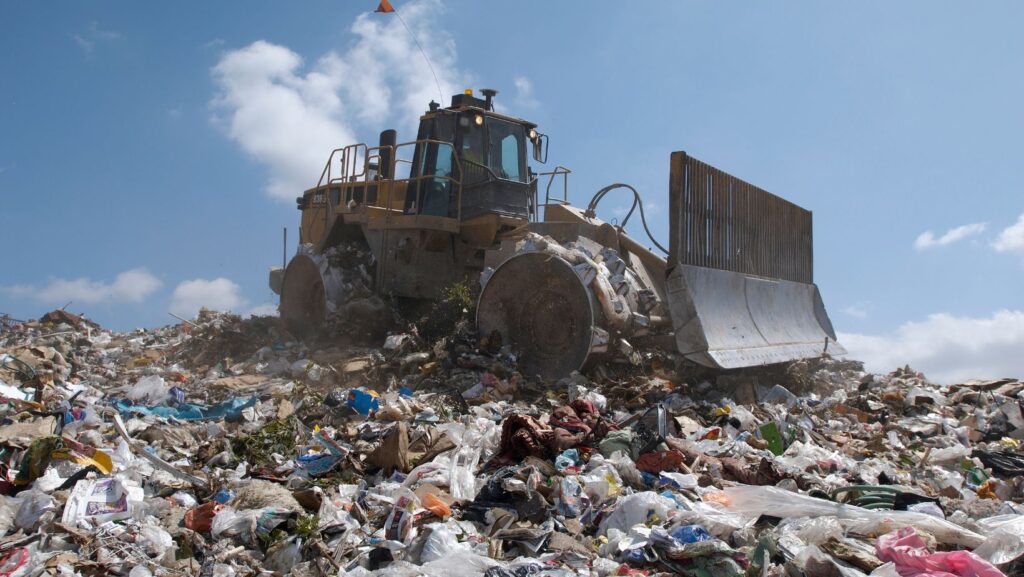Landfills across the country are facing new challenges when it comes to managing contaminants like PFAS. These chemicals are tough to remove and can drive up treatment costs quickly. Finding effective ways to lower the cost of PFAS removal can help landfill operators protect the environment while balancing their budgets.
Landfills have several cost-effective options for addressing PFAS contamination, including Water and Carbon PFAS solutions and other advanced treatment methods like adsorption or high-pressure membrane filtration. By implementing practical removal strategies, landfill managers can manage these pollutants effectively without straining their budgets.
Pre-filtration to remove non-PFAS contaminants, reducing treatment load
Pre-filtration removes dirt, debris, and other contaminants before PFAS treatment begins. These materials may clog or wear down treatment equipment, making it work harder and raising costs.
Removing non-PFAS pollutants first helps the main systems last longer. Fewer clogs and less buildup mean less maintenance and fewer replacements.
This step also improves the performance of filters designed for PFAS removal, since they will not get blocked by other particles. Cleaner input water helps keep operating expenses down while maintaining steady results.
Utilizing BioLargo’s AEC technology for minimal PFAS-laden waste generation
BioLargo’s AEC technology offers a practical way to reduce PFAS-laden waste during water treatment. It works by concentrating PFAS onto a special membrane before removing them from the water stream.
The process creates far less waste than many traditional methods. In some cases, this technology can generate as little as 1/40,000 of the PFAS waste compared to older approaches. This low waste output can make disposal easier and may help lower costs for landfill operators.
In addition to cutting down PFAS waste, the AEC system can remove over 99% of PFAS from water in steady operation. The system is designed to handle continuous flows, which suits landfill leachate and similar wastewater streams well.

Less waste also means simpler handling and smaller storage needs. Landfills looking to balance performance and cost may find this approach practical for long-term planning.
Anion exchange resins tailored for various landfill leachate volumes
Anion exchange resins can be used to remove PFAS from landfill leachate. These resins work by capturing PFAS molecules through a process called ion exchange. The resin holds on to the PFAS and lets the clean water pass through.
Different landfill sites have different amounts of leachate to treat. Some sites generate only a small volume, while others have much larger flows. Anion exchange resins can be selected and sized to match the specific volume each landfill produces.
Using the right type of resin helps treat PFAS for both small and large landfills. This flexible option can be added to existing treatment systems or used as a stand-alone step. Operators may choose different beds or columns, depending on the flow and how much PFAS is present.
Granular activated carbon systems for small to mid-sized landfill sites
Granular activated carbon (GAC) systems offer a practical way to lower PFAS levels in landfill leachate. Many small and mid-sized sites have used these systems for treating water on-site because they are simple to install and operate.
GAC filters work by trapping PFAS chemicals on the surface of carbon particles as water flows through them. This process can remove a wide range of PFAS compounds, even if they are present at low levels.
Operating these systems does not require special skills or large teams. Filters can be exchanged when they become saturated, making ongoing tasks more predictable and manageable for landfill operators.
GAC can also be a cost-conscious approach, especially for landfills that do not generate large amounts of leachate. It often results in less frequent filter changes and lower overall maintenance compared to some advanced treatment methods.
Direct disposal of PFAS concentrates back into specially managed landfills
Specially managed landfills are built to handle hazardous materials more safely than regular facilities. Placing PFAS concentrates in these sites can help contain the chemicals and keep them from reaching soil or water.

These landfills use liners, covers, and leachate collection systems to reduce leaks. This means the risk of PFAS escaping into the environment is lower.
Using direct disposal can be cost-effective because it relies on existing landfill designs. It also limits the need for new treatment technologies or equipment.
Operators must follow strict rules to protect the surrounding area. Careful monitoring is important to check for leaks or problems over time.
Conclusion
Landfills face many challenges in managing PFAS removal, but cost-saving options are available. By focusing on treatment technologies such as foam fractionation and filtering systems, operators can address these chemicals more effectively.
A mix of targeted removal methods and careful cost assessment supports safer waste management. Regular updates to treatment plans help keep up with changing guidelines and improve removal results over time.
A practical approach helps reduce long-term risks and keeps compliance costs manageable. Staying informed and using the most suitable solutions will help landfills meet both safety and budget goals.
